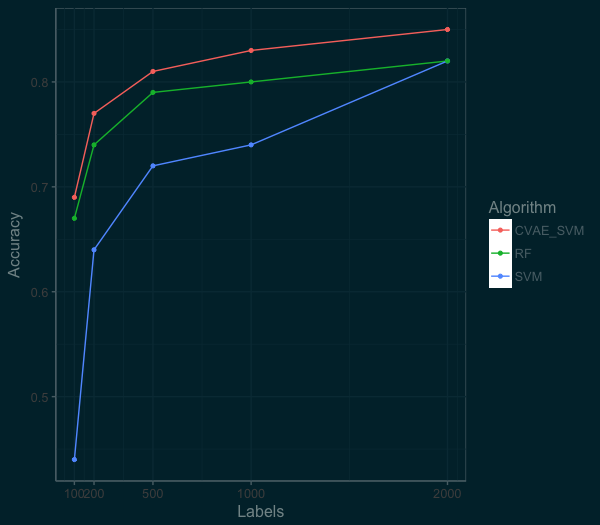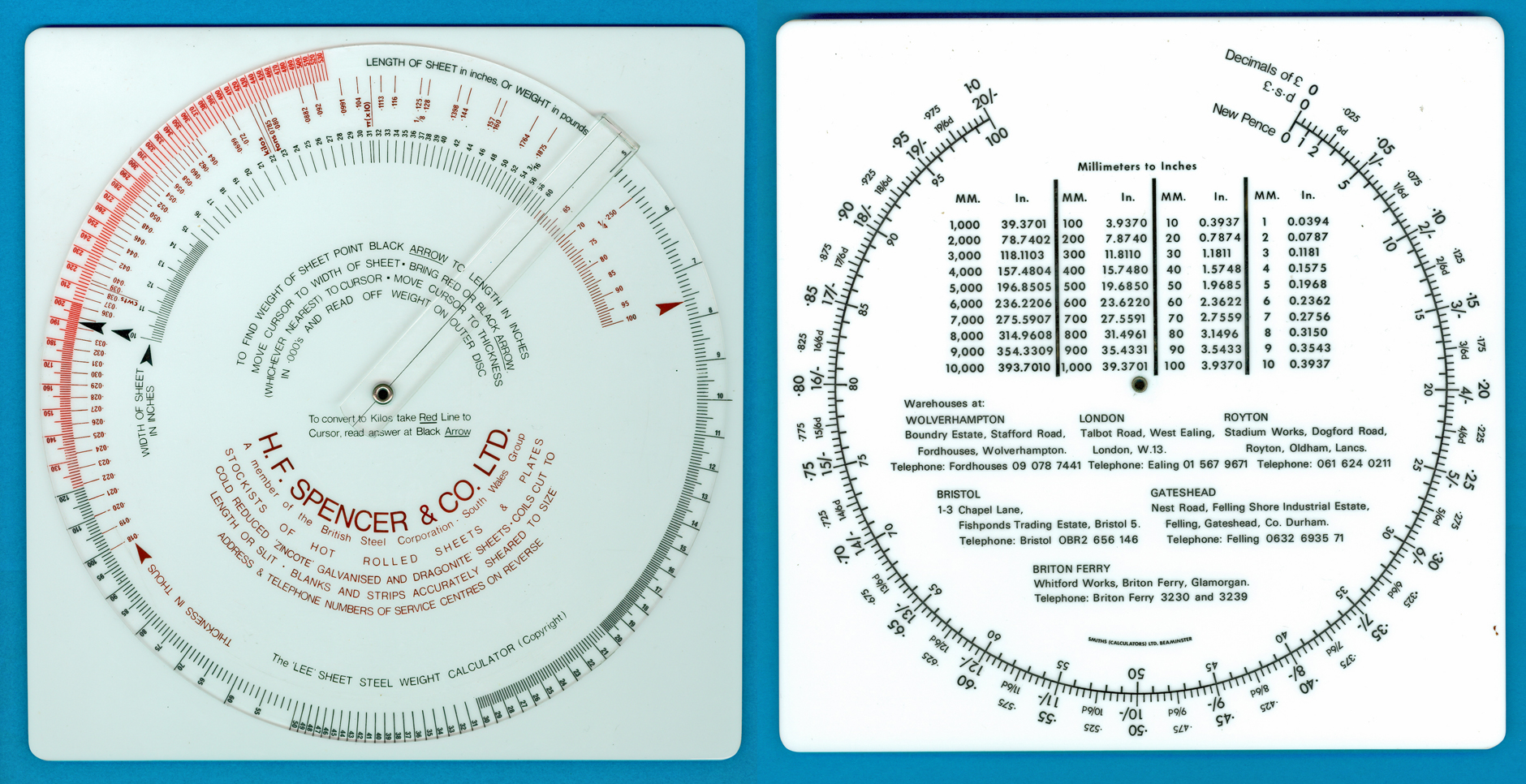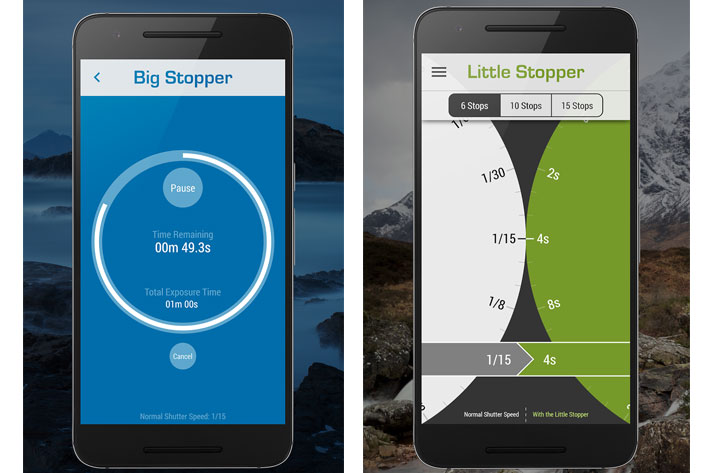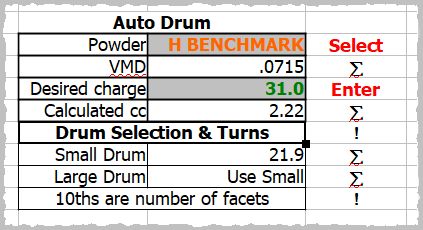


The evolution of secondary structures during molecular dynamics. With the same VMD model and the same coupled-channel models of N c c ¯ *, we also calculate the resonant amplitudes for the γ p → V p → N c c ¯ * → D ¯ 0 Λ c + ( D ¯ * 0 Λ c + ) processes. The investigation on the types of secondary structure (SS) of a protein is important. We then demonstrate that the N c c ¯ * can be most easily identified in the differential cross sections at large angles where the contribution from Pomeron exchange becomes negligible. It was found that, with Λ V = 0.55 GeV, the predicted total cross sections are within the range of the data in the energy region near the J / ψ production threshold. The total γ p → J / ψ p amplitudes then depend on an off-shell form factor, parametrized as F V ( q 2 ) = Λ V 4 / Λ V 4 + ( q 2 − m V 2 ) 2, which is needed to account for the q 2 dependence of the photon-vector meson coupling constant e m V 2 f V of the VMD model. The γ p → N c c ¯ * transition amplitudes are calculated from the vector meson dominance (VMD) model as γ p → V p → N c c ¯ * with V = ρ, ω, J / ψ. The N c c ¯ * → M B transition matrix elements are determined from the partial decay widths predicted by the considered meson-baryon coupled-channel models of N c c ¯ *.

Add tax to list price to get total price: 70 + 4.55 74.55. Multiply price by decimal tax rate: 70 0.065 4.55. List price is 90 and tax percentage is 6.5. We then add the resonant γ p → N c c ¯ * → J / ψ p amplitudes to examine the effects of N c c ¯ * excitations on the cross sections of γ p → J / ψ p in the near threshold energy region covered by the recent experiments at Jefferson Lab. The price of the coffee maker is 70 and your state sales tax is 6.5. For the γ p → J / ψ p process, we first apply the model of Donnachie and Landshoff to calculate the Pomeron-exchange amplitudes with the parameters determined from fitting the available total cross section data up to invariant mass W = 300 GeV. Your average speed will be 5.71 miles per hour.The excitations of nucleon resonances with hidden charm, N c c ¯ *, in γ p reactions are investigated by using the predictions from the available meson-baryon ( M B) coupled-channel models of N c c ¯ *, with M B = ρ N, ω N, J / ψ N, D ¯ Λ c, D ¯ * Λ c, D ¯ Σ c, D ¯ * Σ c, D ¯ Σ c *. If you run consistently at your 10:30 pace, you can expect to finish a half marathon in 2 hours, 17 minutes and 33 seconds. Enter 10 min 30 sec per mile for your pace.Choose "Calculate Time" in the calculator above Lee Powder/VMD Calculator by Ranch Dog Outdoors.In order to finish a marathon in 4 hours, your average pace needs to be 9 min, 9.62 sec per mile, or 9:9.62 minutes per mile.Įxample Calculation 2: How long will it take me to run a half marathon if my average pace is 10 minutes, 30 seconds per mile?

Enter 4 hours, 00 min, 00 sec for your time.Choose "Calculate Pace" in the calculator above.You can use this calculator to find your ideal pace to run an event like a marathon or half marathon.Įxample Calculation 1: What is my average pace if I want to finish a marathon in 4 hours? If you ran 2.5 miles and you ran for 20 minutes:.Divide your run distance by your run time.If your pace is 9.5 minutes per mile and you ran 3 miles:ĩ.5 min per mi × 3 mi = 28.5 minutes = 28 minutes, 30 seconds.If your pace is 8 minutes per mile and you ran for 32 minutes:.Use this calculator to find average pace for running, biking, swimming or walking. Calculate the distance you can run in a given amount of time, time required to run a specific distance, or your running speed. Find your running pace per mile, kilometer, yard or meter.


 0 kommentar(er)
0 kommentar(er)
